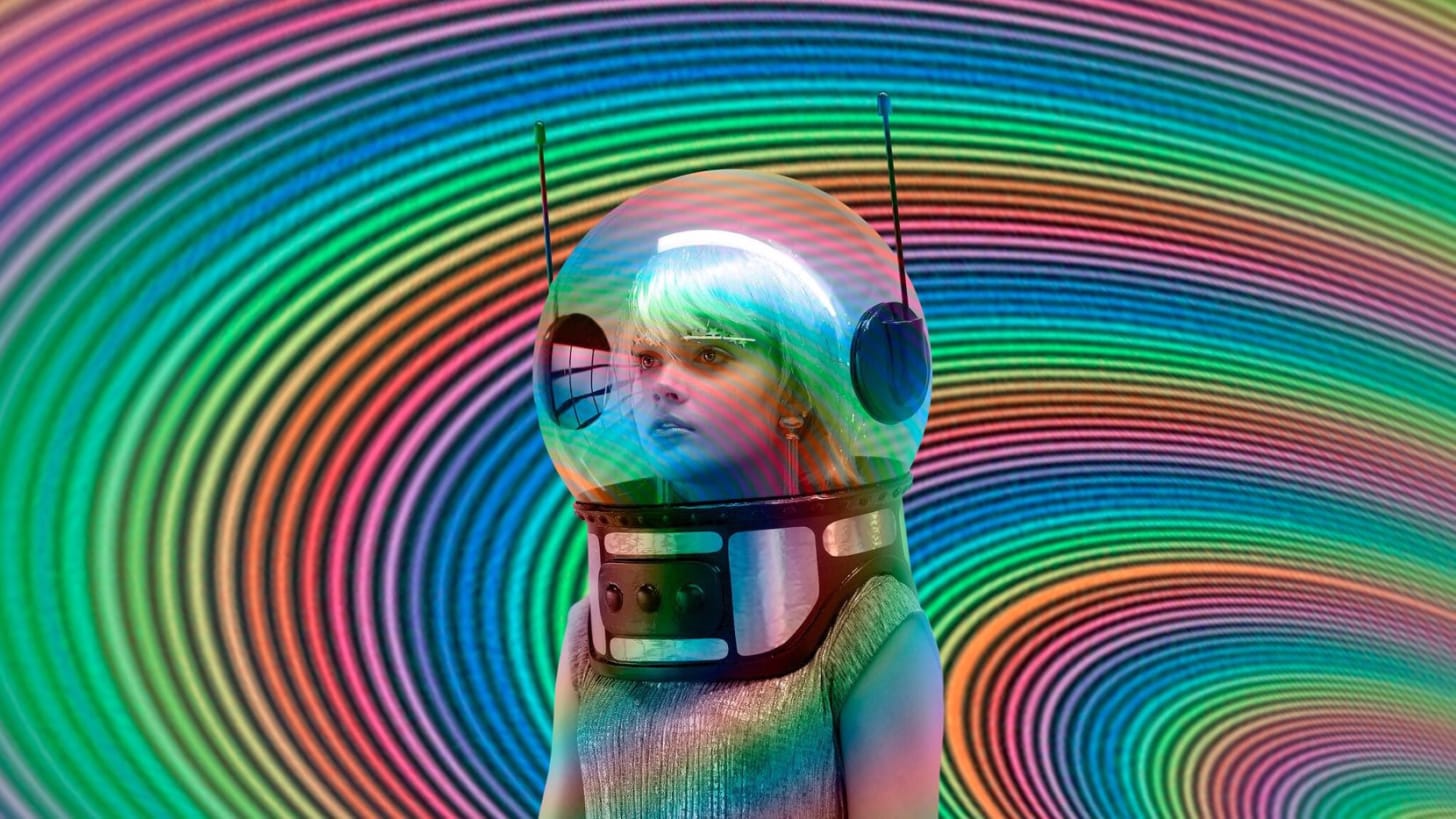Senior fall in college, I started prototyping a smart mirror that I wanted to help break me out of my morning routine of turning over and picking up my phone. I started with mapping out morning and evening routines of my friends as well as my own. Found a few raspberry pi tutorials on the web of how to construct it. But wasn’t willing to shell out the few hundred bucks to pull it all together. Broke college kid… le sigh. Lately, I’ve been wanting to make this a weekend project. And with how cold it is in NYC, I think it might happen.

This was triggered by a tweet from @boop that stated devices with one primary function would come back in a really big way.
I don’t know where I stand on the “one primary function” bit, but I have always felt we weren’t making strides in hardware for the consumer home. Beyond how we think about personal computing (phone, laptop, tablet), generally we’ve been focused around the few main areas.
Security: Which can feed off our desired need for safety, and then prey on + manipulate it. False Alarm by Keli Gabinelli for Real Life Mag.
Audio/Voice Assistants: This covers everything from Alexa’s to Sonos.
Lite Automation: I view this as everything from making a kitchen routine easier (rip Juicero) to feeding my pets when I’m not home.
Fitness/Wellness: The obvious wave of Peloton and something I love the concept of but haven’t used yet, Mirror. As well as every smart watch ever.
My feeling is that the home should be shangri-la. I want my four Sonos in each corner of the room to double as light therapy. Where I input my mood and combines a Turrell show with Khruangbin’s A Hymn as I unwind from my day.
Similar to how most people aren’t creative, most people don’t know how to set up their home for the feeling they are trying to achieve. So you need to set them up for the alleyoop. I think about mood and space a lot. Walking into a room you can taste when furniture isn’t arranged properly. The way light, or the lack of light, is coming through turns your internal color into a steely blue instead of a soft blush.
An exercise I just thought of was to take a platform, any platform, and think of what hardware they might make for the home. To either help you with creativity, help make you more comfortable, or some other feeling.
What would a Spotify beat pad look like, that automated a visualizer and uploaded the snippet to your Snap / Insta story? What would a Netflix projector system look like, ideally like the projector system in Her?
I could do this all day. Part of this is definitely wanting more toys. But the other part is truly reimagining my home as a space that is a little more warm. A little more creative. A little more capable.
Obviously getting pieces of our routine automated will always be a goal. Like the “egg” in Black Mirror that optimizes the users needs because the user’s consciousness is digitized as the OS of the device.
However, I think something far more immediate than a bunch of connected kitchen appliances or using a singular moleculizer that sits in the corner of my apartment and zaps all of my needs into existence, is to simply understanding feelings. The fact that we come home exhausted everyday. And there’s other ways to slow down than wine and Netflix.

I was reading an interview where they referred to technology as “a design material.” Although it was somewhat obvious, I really liked this perspective as I never heard anyone say it out loud.
Viewing digital technologies at large as different design materials allows us to view the core design of TikTok as the fy page algorithm. Everything else is window dressing compared to this core design piece. The algorithm and manipulation of it determines the memes that get copied, the filters that get used, the audio that gets repeated.

Here are some quick reflections I’ve been thinking through as I work through Eternal.
I’ve always felt that building the future is enacting a fiction. It wasn’t real before you started doing it, now you’re trying to turn fiction into nonfiction. So then running a company becomes a practice of creating scripts. Then an investment decision of where you place each card in your hand to carry them out. These scripts should all be pushing towards a KPI.
Building a team is understanding how many cards you can hold in your hand. Don’t be afraid to put a card back in the deck if it isn’t working for you. Generally, no one is happy when they hold on to a card for too long. Thank you Soleio for that one.
Everything you ship is a reflection of the dna you’ve been crafting.
I don’t do edits really, so excuse typos and things that don’t make sense.
Thanks so much for giving me your attention. I hope it was worth it, if not… unsubscribing will not hurt my feelings, and will give you back time you literally cannot have back.
Much love.


